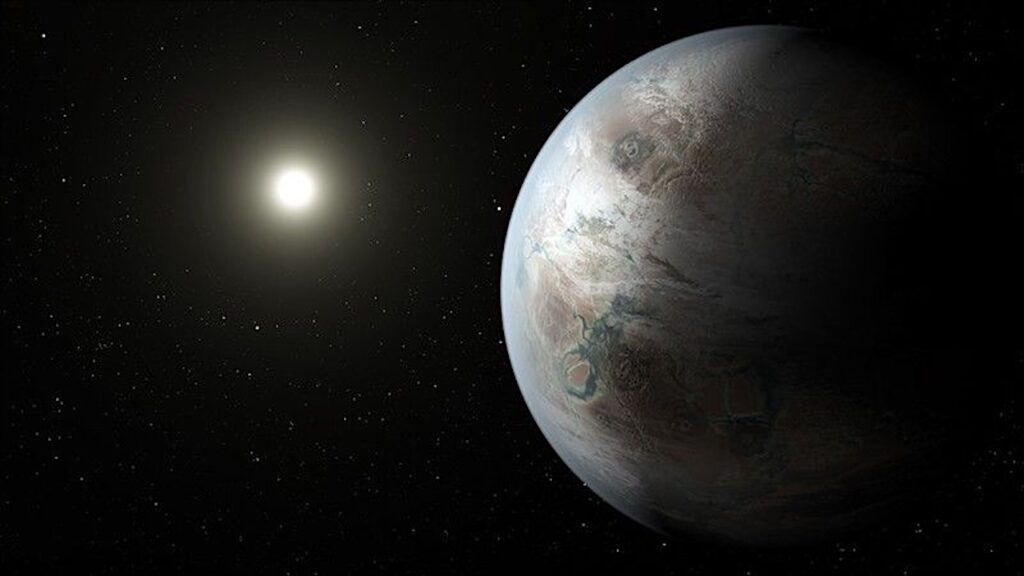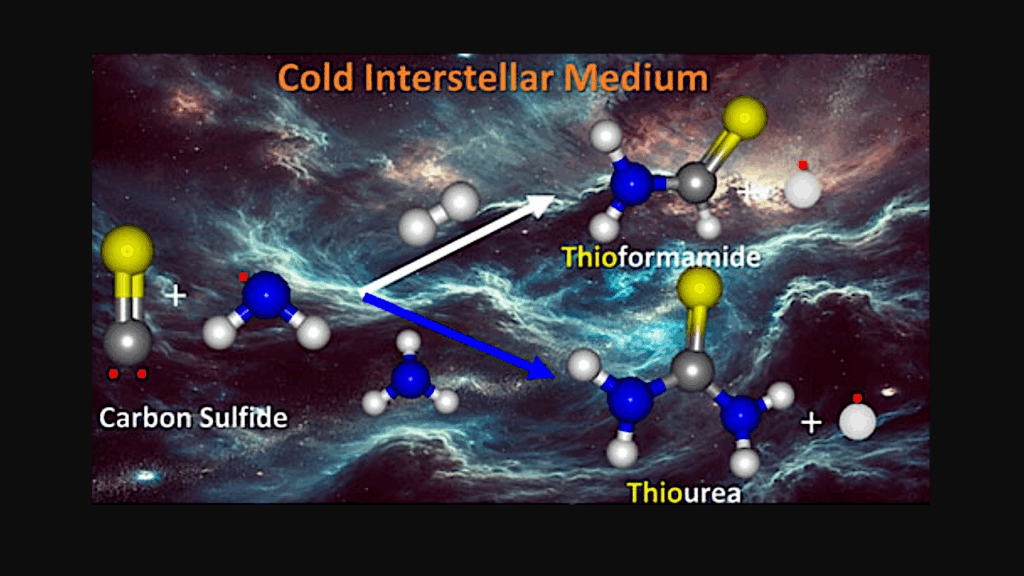α-enhanced Astrochemistry: The Carbon Cycle In Extreme Galactic Conditions

Astrochemistry has been widely developed as a power tool to probe physical properties of the interstellar medium (ISM) in various conditions of the Milky Way (MW) Galaxy, and in near and distant galaxies.
Most current studies conventionally apply linear scaling to all elemental abundances based on the gas-phase metallicity. However, these elements, including carbon and oxygen, are enriched differentially by stellar nucleosynthesis and the overall galactic chemical evolution, evident from α-enhancement in multiple galactic observations such as starbursts, high-redshift star-forming galaxies, and low-metallicity dwarfs.
We perform astrochemical modeling to simulate the impact of an α-enhanced ISM gas cloud on the abundances of the three phases of carbon (C+, C, CO) dubbed as `the carbon cycle’. The ISM environmental parameters considered include two cosmic-ray ionization rates (ζCR=10−17 and 10−15s−1), two isotropic FUV radiation field strengths (χ/χ0=1 and 102), and (sub-)linear dust-to-gas relations against metallicity, mimicking the ISM conditions of different galaxy types. In galaxies with [C/O] < 0, CO, C and C+ all decrease in both abundances and emission, though with differential biases. T
he low-J CO emission is found to be the most stable tracer for the molecular gas, while C and C+ trace H2 gas only under limited conditions, in line with recent discoveries of [CI]-dark galaxies. We call for caution when using [CII]~158μm and Cl as alternative H2-gas tracers for both diffuse and dense gas with non-zero [C/O] ratios.
Thomas G. Bisbas, Zhi-Yu Zhang, Eda Gjergo, Ying-He Zhao, Gan Luo, Donghui Quan, Xue-Jian Jiang, Yichen Sun, Theodoros Topkaras, Di Li, Ziyi Guo
Comments: MNRAS accepted. 21 pages, 15 figures, comments welcome!
Subjects: Astrophysics of Galaxies (astro-ph.GA)
Cite as: arXiv:2312.03237 [astro-ph.GA] (or arXiv:2312.03237v1 [astro-ph.GA] for this version)
Submission history
From: Thomas Bisbas Dr.
[v1] Wed, 6 Dec 2023 02:17:02 UTC (5,302 KB)
https://arxiv.org/abs/2312.03237
Astrobiology, Astrochemistry,








